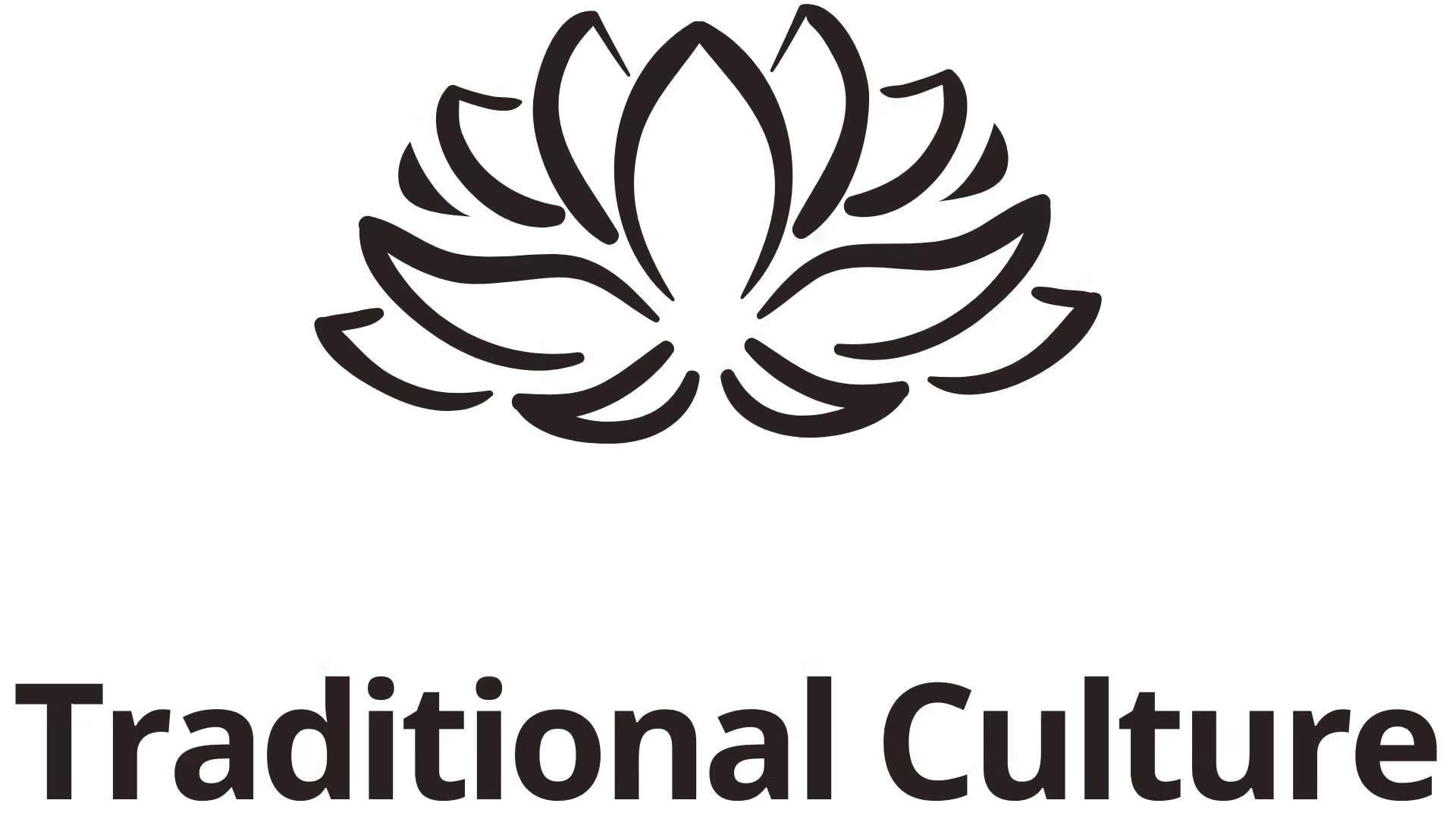Dried goji berries (Image: the measure of mike Flickr CC BY-ND 2.0)
If you’re familiar with goji berries, you probably have them mentally filed under the category of ‘superfoods,’ but did you know they are actually an ancient Asian medicine?
Some of the oldest remedies in the world belong to traditional Chinese medicine (TCM), a practice with a rich history of legendary physicians and divine guidance. Grounded in the principle of balance, TCM calls for a well-rounded approach to wellness – addressing everything from the external environment to the inner emotions, and harmonizing their impact on our physical health through a variety of therapies and herbal remedies.
With an apothecary boasting thousands of unusual plant and animal-derived ingredients, dabbling in TCM can be daunting, or even dangerous. In this series, we will look at several commonly-used botanicals; focusing on their role in Chinese medicine, shedding some light on how they work, and suggesting ways they can be safely incorporated into the diet to promote wellness.
First, let’s take the tiny, but tasty goji berry, also known as wolfberry.
What are goji berries?
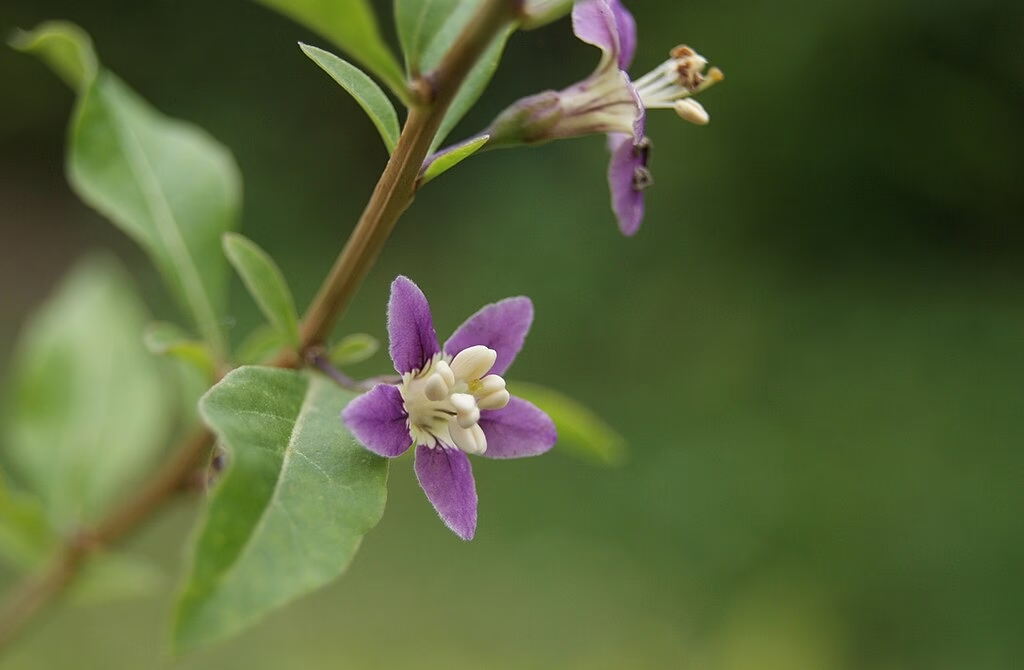
Lycium barbarum (gǒuqǐ 枸杞), is a perennial shrub of the nightshade (Solanaceae) family, which also includes plants like tomatoes, peppers, potatoes, eggplants and tobacco! Its tiny, red fruits have a mildly sweet, tart flavor, reminiscent of cherry tomatoes; but since they can’t be stored fresh for long, they are usually dried like raisins.
Native to areas of China and Africa, goji berries have been employed in the healing arts for thousands of years.
According to legend, the benefits of goji berries were discovered long ago by a traveling doctor who visited a village where centenarians were the norm. Seeing that the village drinking water came from a well situated amongst goji bushes — with the ripe berries falling into the well — he determined that the goji-infused water contained important nutrients to boost longevity.
An ancient Chinese text attributed to the semi-divine “father of agriculture” Shen Nong mentions goji fruit as early as 250 BC; and the celebrated physician Li Shi-Zhen (1368–1644) documented its medical properties in his Compendium of Materia Medica.
Goji berries and TCM
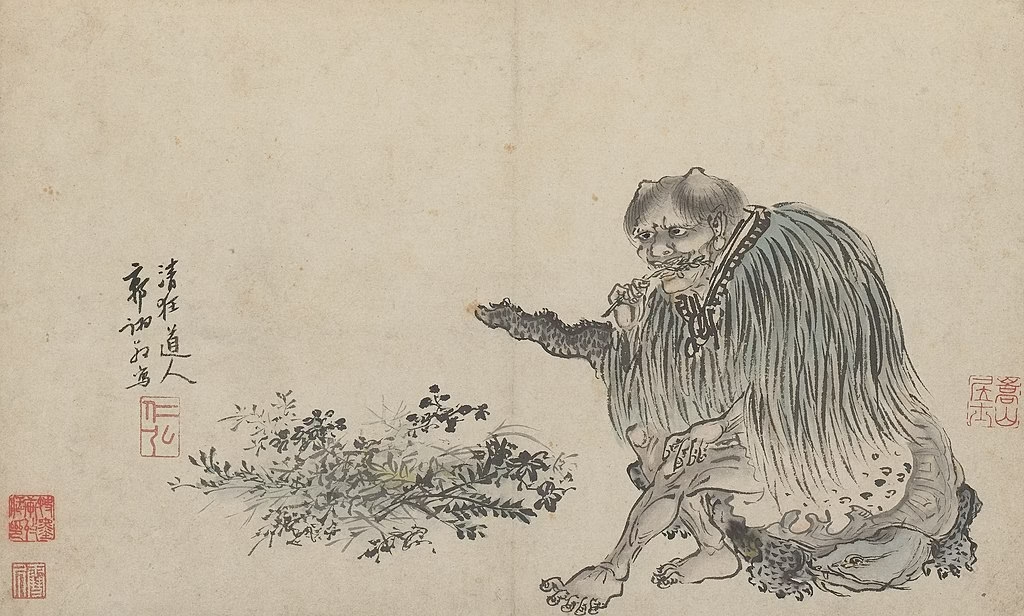
According to TCM, goji is a tonic for yin deficiency, and supports vitality. Its main functions include toning the kidneys and liver — key organs for growth, reproduction and regulating Qi and bodily fluids. They are said to brighten the eyes, and moisten the lungs.
As a sweet-flavored ingredient, goji berries help with detoxifying and slowing acute reactions in the body. In addition, goji berries are neutral in nature, so consuming them will not upset your yin/yang balance.
Goji berries are often prescribed in combination with other herbs for ailments such as blurred vision, diabetes, dizziness, premature graying, sore knees, tinnitus and weak lower back. They are also tasty and mild enough to be consumed as food, and are traditionally added to soups, teas and other cooked dishes for their sweet flavor and superior nutrition.
Goji berries should be avoided by those who suffer from spleen deficiency, dampness, excess heat or loose stools. Healthy individuals may benefit from regular consumption in moderation.
It is worth noting that a medicinal dosage is only two to four fruits — far below what is commonly suggested with our Western “the more the merrier” approach — tossing them in everything by the handful.
Medicinal properties
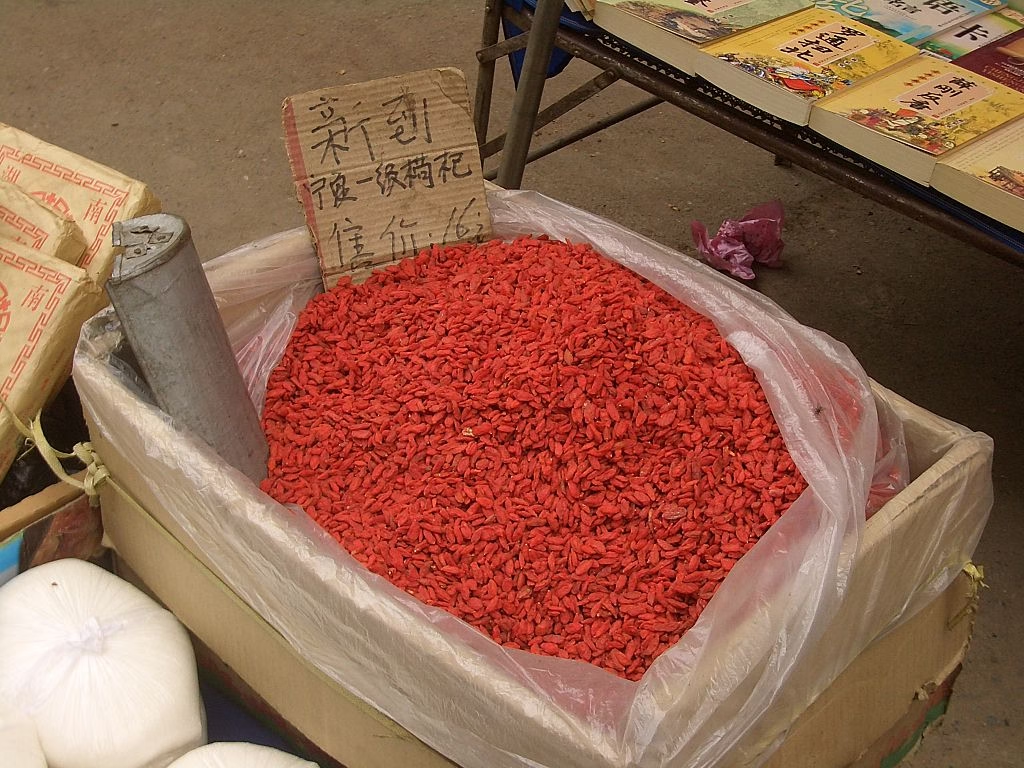
While little research has been devoted to confirming the purported effects of goji berries on humans, they are undoubtedly high in nutrients. With a wealth of essential vitamins and minerals, it’s not surprising that they should be effective in maintaining and restoring health.
Specifically, these tiny fruits are an exceptional source of:
- Antioxidants – Molecules which fight harmful free radicals and help prevent cancer.
- Vitamin A (in the form of carotenoids like zeaxanthin) – Boosts immunity and supports eye health.
- Vitamin C – Boosts immunity and protects skin.
- Iron – essential for transporting oxygen and healthy blood.
- Calcium – Essential for bones, teeth, heart, muscles, nerves and more.
- Melatonin – Helps regulate the circadian rhythm and improve sleep.
Adding goji berries to your diet
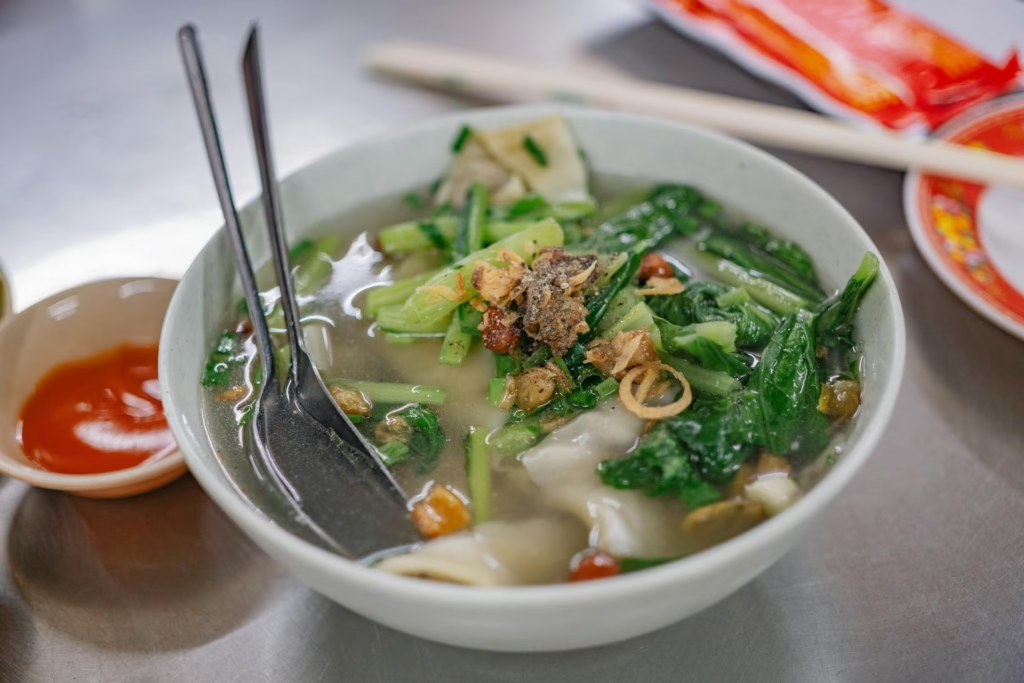
Goji berries are one of many dry goods commonly kept in kitchen pantries across China. They are commonly used in soups, teas, porridges, and desserts. Add a small amount of soaked goji berries to your favorite soups and stews for a little lift in flavor and nutrition; or try one of the traditional recipes below:
八宝粥 Ba Bao Zhou (Eight-Treasures Congee) Instant Pot Recipe
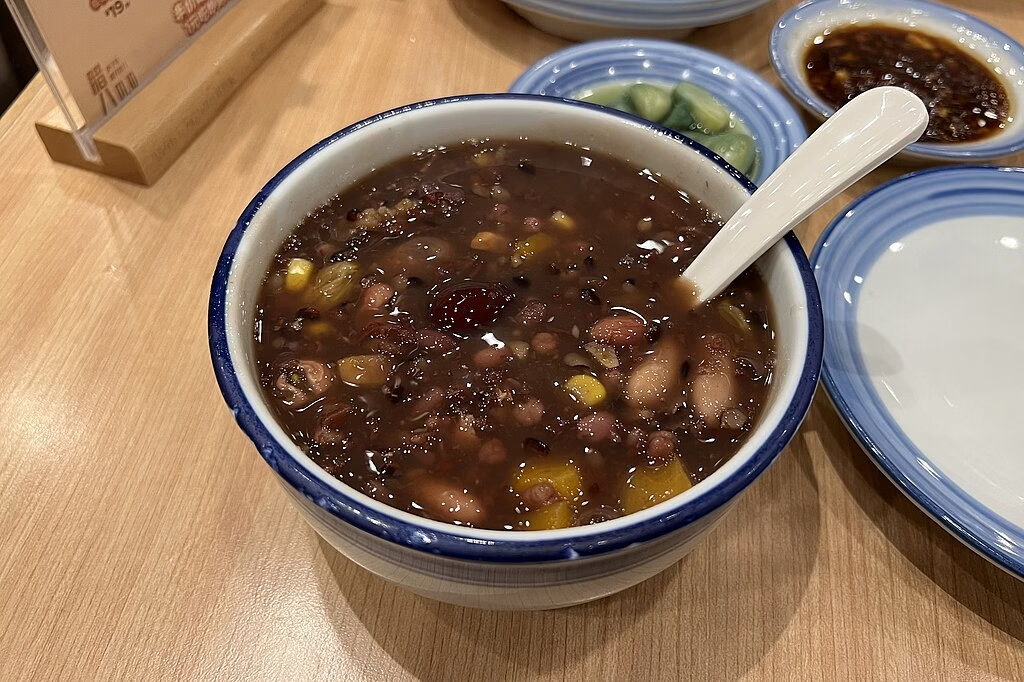
This simple recipe calls for a variety of grains, legumes and fruits to make a hearty and healing porridge. While the list of possible ingredients can number in the dozens, eight is considered a lucky number in China, and is connected with good fortune. That said, you can also make a delicious porridge with fewer ingredients if you don’t have all eight treasures.
Serves six
Ingredients:
- 6 cups water
- 2-3 tbsp black rice
- 2-3 tbsp sticky/glutinous rice
- 2 tbsp millet
- 2-3 tbsp dry red beans
- 2 tablespoons mung beans
- 1 tbsp dried Goji berries
- 3-4 dried red dates
- 8-10 lotus seeds
Additional optional ingredients: (Other than keeping something of each category, you can swap or add ingredients to meet your circumstances; just be sure to keep the water:dry ingredients ratio at about 6:1 by volume)
- ¼ cup peanuts
- 2 tablespoons Chinese pearl barley, aka coix seed (薏苡 yì yǐ)
- 2 tablespoons kidney beans
- 2 tablespoons black beans
- 5-8 chestnuts
- 2 walnuts – quartered
- 2 tablespoons dried lily bulbs (百合 bǎi hé)
- 1-2 slices dried or fresh Chinese yam (山药 shānyao)
- 3-4 dried longan
- ½ cup rock sugar, or to taste
Directions
- Pre-wash all the dried fruit
- Combine all ingredients in a large Instant Pot, and rinse to remove any debris
- Add 6 cups water
- Cook on “Porridge” mode for 40 minutes, allowing the pressure to release naturally on “Warming” mode.
Enjoy warm as a traditional Chinese breakfast, a satisfying side dish or a wholesome dessert.
Although you will find many suggestions for using goji berries just like raisins, keep in mind that they are a potent medicinal food and use your good judgement. Pre-soaking them is recommended — this not only makes their nutrients more available, it keeps us from gobbling them up like candy. Especially when we are seeking balance, moderation is the best motto.
Original article: https://www.visiontimes.com/2025/02/12/goji-berries-as-food-and-medicine.html
✉️ Stay Connected — Subscribe for Weekly Updates
Discover timeless stories, practical wisdom, and beautiful culture — delivered straight to your inbox.
*We only share valuable insights — no spam, ever.


